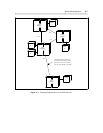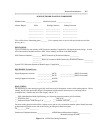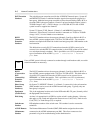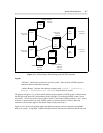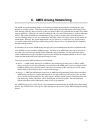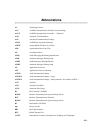C. AMIS Analog Networking
_ ______________________________________________________________________________________
_ ______________________________________________________________________________________
_ ______________________________________________________________________________________
The AMIS Analog Networking feature is an alternative to digital networking for exchanging messages
between voice mail systems. Customers using the AMIS Analog Networking feature can exchange voice
mail messages with any other voice mail system, anywhere in the world, provided both systems have AMIS
analog capabilities. (Messages can even be exchanged with voice mail systems made by vendors other than
AT&T.) The system administrator can administer a range of remote systems that can be addressed via
casual addressing (known as two-step addressing); individual remote voice mail systems do not need to be
administered. However, the system administrator can also choose to pre-administer any specific remote
voice mail systems with which their AMIS analog traffic is heavy for one-step addressing (this simplifies
the addressing procedure).
If subscribers are to receive AMIS analog messages, the system administrator must have administered the
local AUDIX to accept incoming AMIS messages. The body of an AMIS analog message is the same as
any other voice mail message, but the header information may be different. For messages from remote
systems administered for two-step addressing, the header includes the telephone number of the voice mail
system and the mailbox ID from which the message was sent.
Two types of remote AMIS connections can be defined:
• amisac — (AMIS casual, referred to as AMIS two-step addressing) In most cases to address AMIS
analog messages via two-step addressing, users must know the AMIS prefix (if one is defined), the full
telephone number (area code and country code may be necessary) of the receiving voice mail system,
and the mailbox ID of the user who is to receive the message.
• amisap — (AMIS pre-administered, referred to as AMIS one-step addressing) Subscribers can address
AMIS analog messages to systems administered for one-step addressing in exactly the same way they
do to a remote system networked in any other manner. When a remote system is administered for one-
step addressing, remote subscribers can be administered on the local system. These administered
remote subscribers can be addressed by name as well as by extension.
See AUDIX Administration (585-305-501) for information on administering the AMIS Analog Networking
feature. See AUDIX Feature Descriptions (585-305-203) for an overview of the AMIS Analog Networking
feature.
C-1



